Maintaining high alumni engagement is vital for institutions, but gathering relevant feedback from methods like surveys can be challenging. However, by capturing the data immediately after graduation when the chances of obtaining it are the highest, your school can gain valuable insights. Learn more about relevant strategies for overcoming common challenges with gathering alumni data and how your institution can avoid them.
Why Conduct an Alumni Survey?
Alumni surveys serve as a bridge connecting the grad with the institution, keeping them networked through shared experiences and insights. In a practical sense, a well-designed alumni survey can be a goldmine of information. When circulated amongst grads, these surveys help collect contact information for future outreach and identify how the graduate would like to engage with the university in the future, whether through volunteering, mentoring, donating, serving on boards, receiving career resources, etc.

Understanding the Common Issues of Conducting Surveys
Alumni surveys are valuable, versatile tools. However, their effectiveness relies on the accuracy and relevancy of the questions asked. Moreso, the timing of the survey delivery also plays a crucial role in the response rate. Some common problems include:
1. Low Response Rates
Engaging alumni to participate in surveys can be challenging, as many graduates may not see the value or relevance of taking the time to complete the survey. Without a sufficient response rate, the institution may struggle to gather meaningful data and accurate insights.
2. Incorrect or Missing Contact Information
Finding and contacting alumni can be a significant challenge, particularly if the institution’s alumni data is outdated or incomplete. Most alumni don’t use their university email address anymore, and they haven’t provided a new one, so there’s no way to reach them.
3. Feeling Disconnected
Alumni may lack motivation to participate in the survey, especially if they feel disconnected from the institution or don’t see the benefits of providing feedback. Alumni who had a negative experience at the institution may be less inclined to engage or share their opinions.
4. Survey Fatigue
Alumni may already receive numerous requests to participate in surveys or feedback initiatives from various organizations, especially when various departments fail to combine survey efforts with other entities on campus. This survey fatigue can make it harder for institutions to stand out and capture the attention of alumni, resulting in lower response rates.
5. Uninspiring Survey Design
A poorly designed survey can disengage participants, leading to dropouts or incomplete responses. An unclear or confusing survey structure, lengthy questionnaires, or irrelevant questions can discourage alumni from completing the survey.
6. Lack of Personalization
Sending out generic, mass emails or invitations can give off the impression that the school does not value its alumni individually. To increase engagement, personalizing survey invitations and tailoring them to alumni’s relationship with the institution can make a significant difference.
7. Limited Follow-Up and Action
After collecting survey data, schools should analyze and act upon the insights gained. If institutions fail to follow up with alumni about the survey’s outcomes or do not take meaningful action based on feedback, it can create a perception that the survey was a mere formality, reducing alumni engagement in the future.
Need inspiration for fitting alumni survey questions to ask?
Read our guide on the perfect alumni survey questions that’ll boost your engagement.
Read: 10 Alumni Survey Questions to Boost EngagementWays to Circumvent These Issues
To mitigate these challenges and help foster stronger connections with their graduates, higher education institutions should consider implementing strategies such as the following:
Providing Incentives for Participation
Reaching out to alumni with incentives like gift cards, membership discounts, or a service like personalized graduation clips can increase response rates.
Collaborate with Other Departments on Campus
Rather than sending out multiple surveys from different campus departments and creating fatigue for graduates, work with your colleagues to combine questions, share results, and distribute the surveys in a way that makes it easy for the grads to share their answers.
Creating Concise and Relevant Surveys
Avoid an uninspiring survey design by keeping the questions short, focusing on the essential information you need, and offering opportunities for open-ended answers. You can always follow up with more questions later after you’ve captured the essentials.
Personalizing Communications
To better personalize your invitations, use merge variables to include their name and program. If graduates feel like you took the time to reach out to them personally, they’re more likely to take the time to respond.
Choosing an Appropriate Time to Conduct the Survey
Timing is critical. For instance, surveying graduating seniors just before they graduate or shortly afterward may yield more responses since their college experiences are fresh in their minds. Graduation is the peak of the college journey, so use their pride of being an alumni to capture data before it cools off and they move into the next season of their lives.
Communicating the Survey Purpose and Benefits
Survey invites should be compelling and clear, highlighting the survey’s purpose and the benefits it brings to the alumni, current students, and the institution. A straightforward, concise message demonstrating the importance of their participation can encourage alumni to invest their time in completing the survey.
Boost Your Alumni Engagement Strategy With StageClip
Leave the days of worrying about your engagement metrics in the past. With StageClip, your school can receive a serious boost in survey response rates thanks to our winning formula.
While we provide your grads and their families with personalized graduation clips that capture their proudest moments, we also integrate alumni surveys into these videos so your grads can share how honored they are to be an alum. Additionally, we only charge for successful submissions, so you can get the full value from our services. It’s truly a win-win situation for both parties. Even better, we’ve transformed traditional in-house survey results from 15-30% completion to up to 93%. That’s three to five times higher than the standard!









